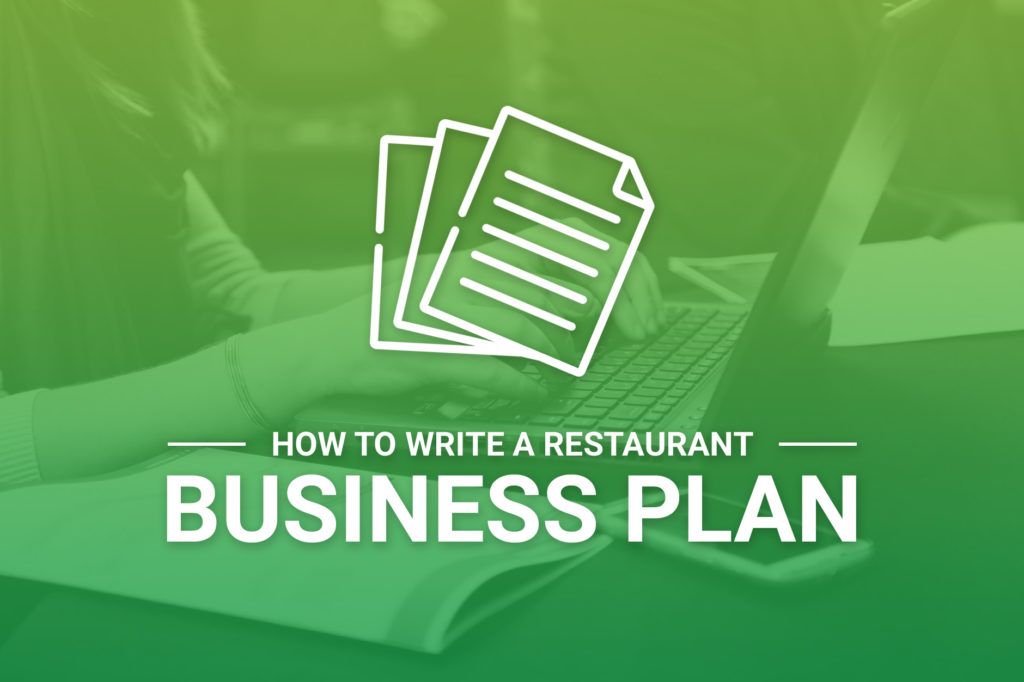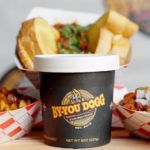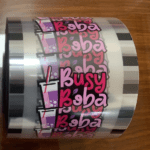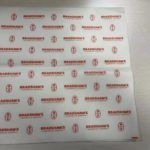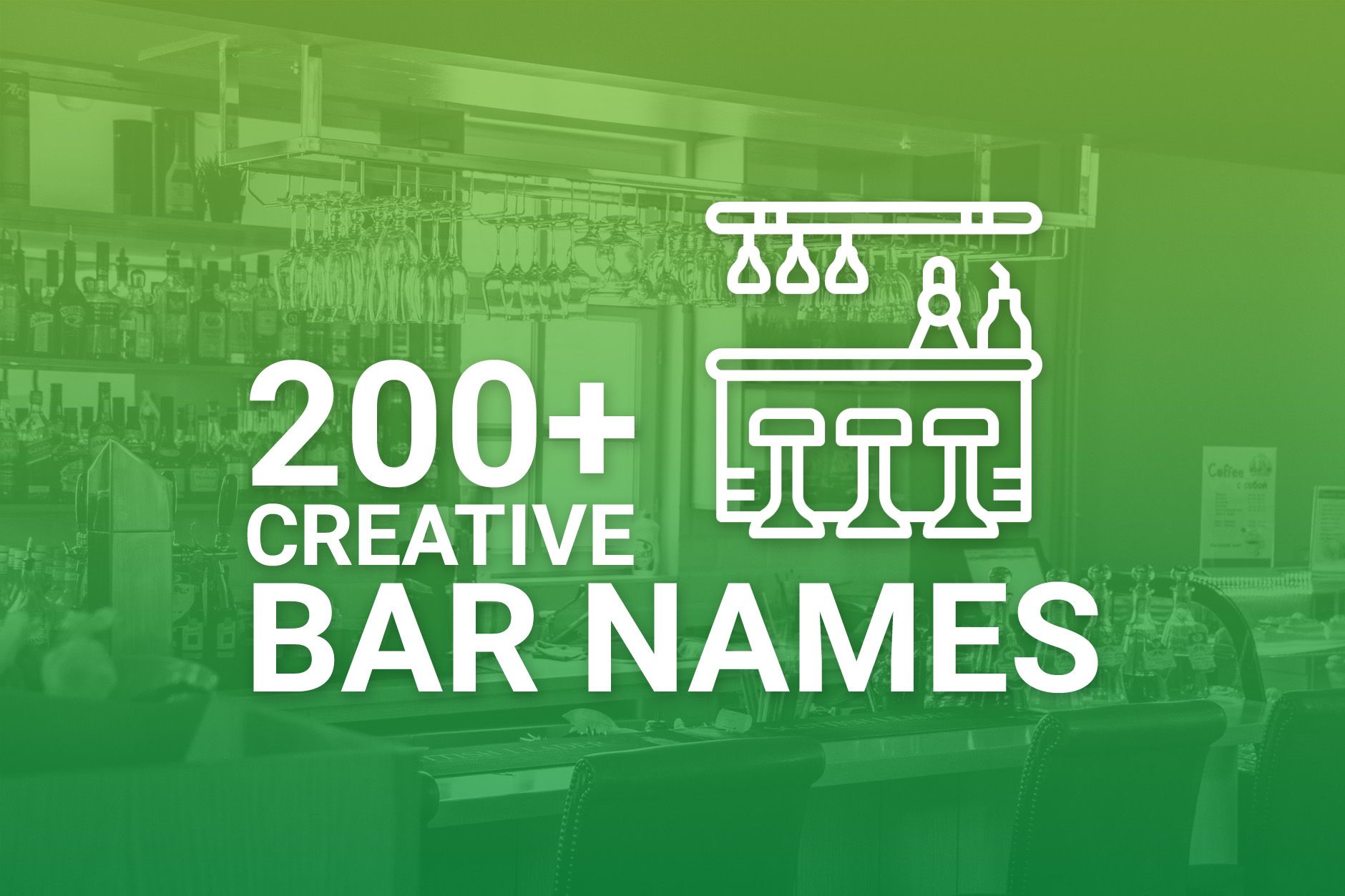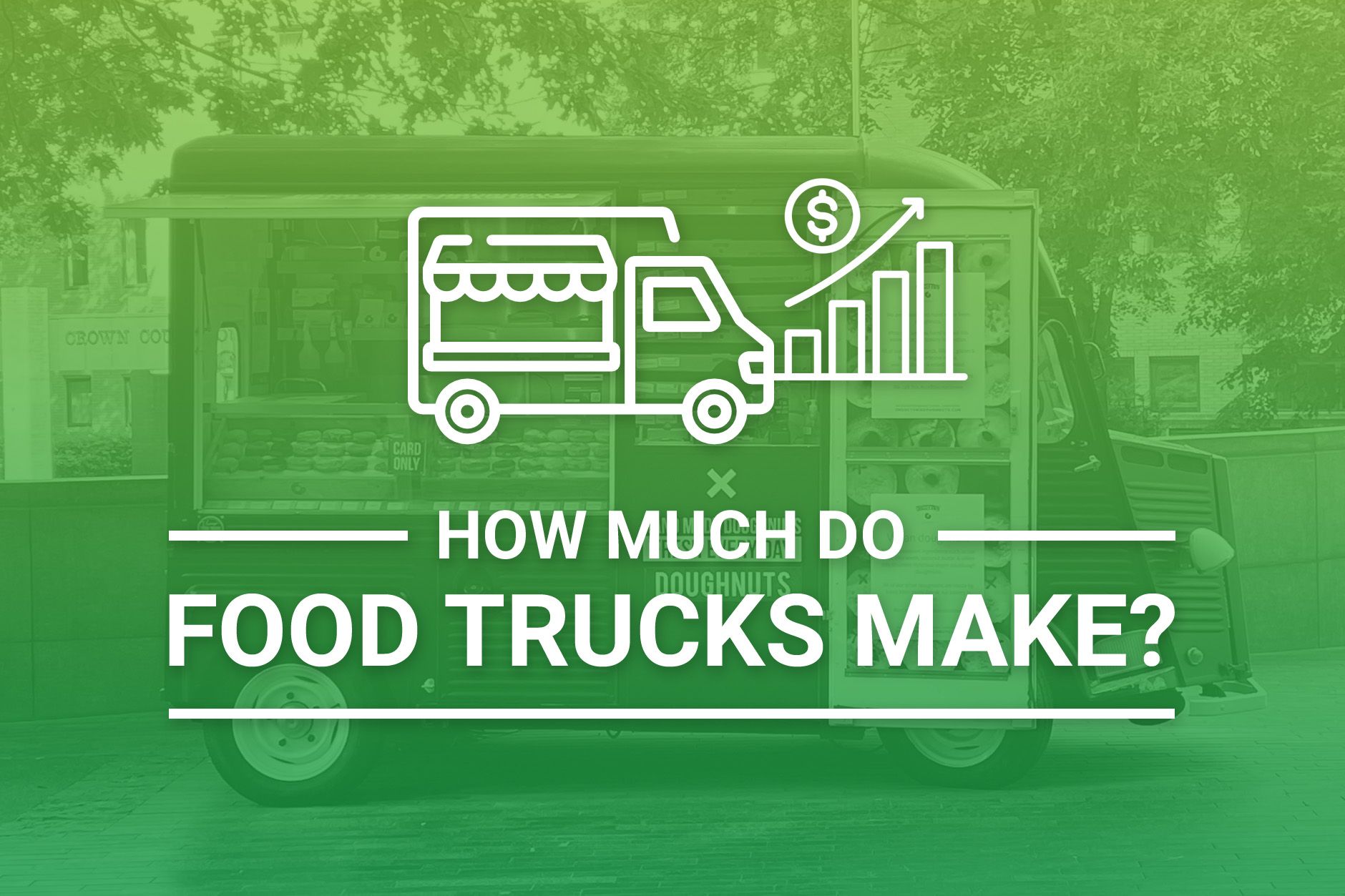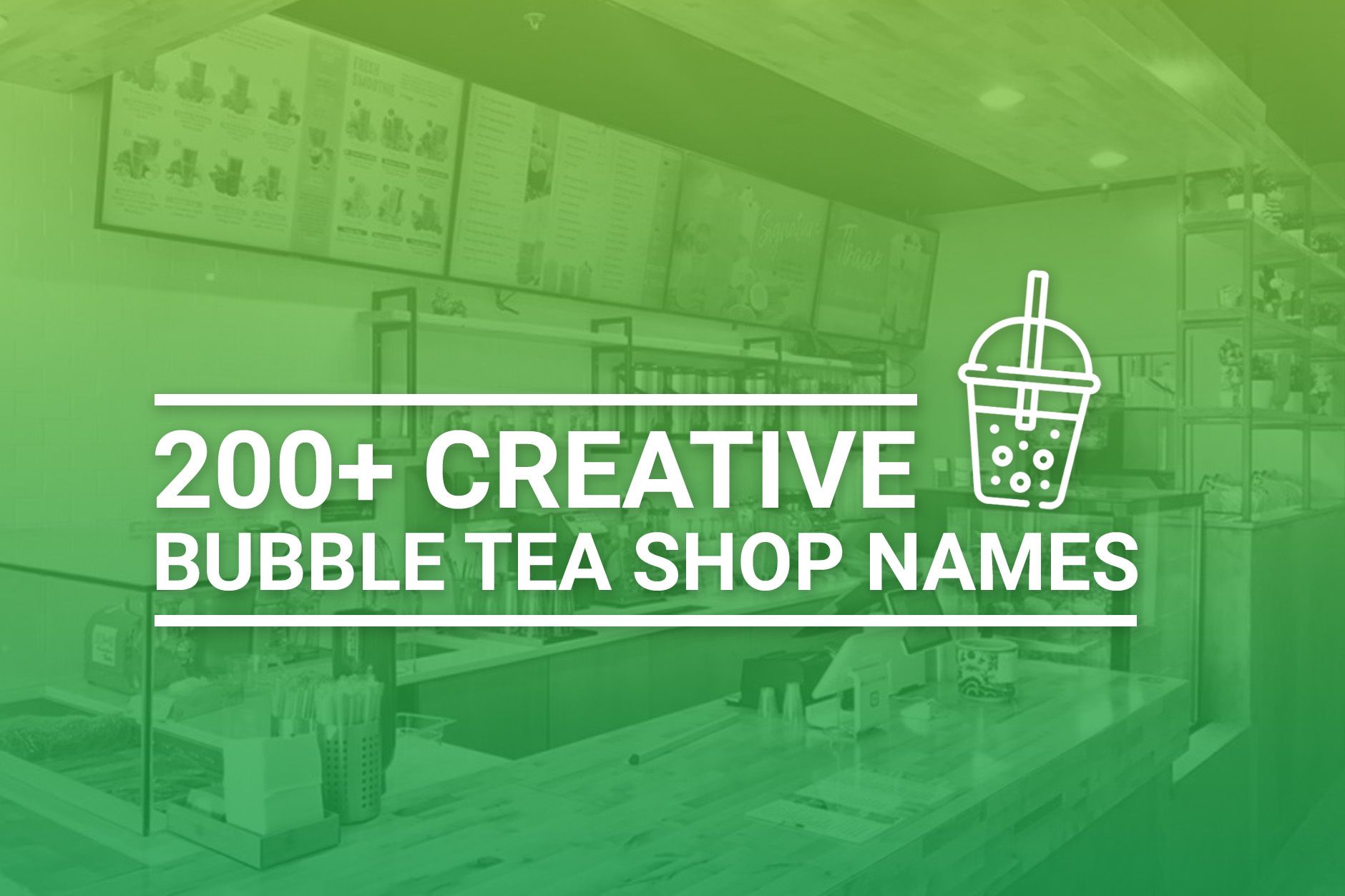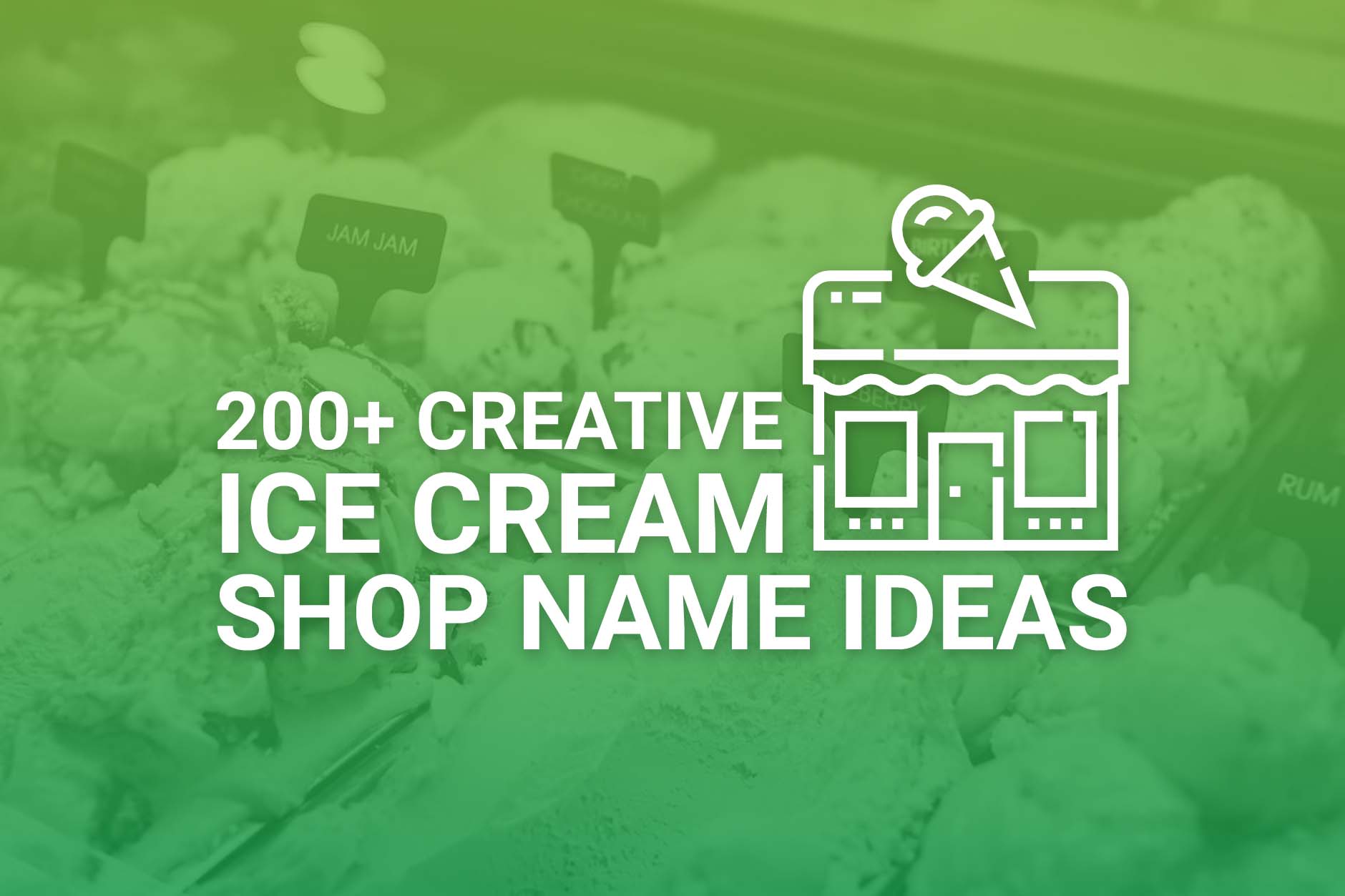Jump to:
- What Should a Restaurant Business Plan Include?
- Sample Restaurant Business Plans
- Better Market Your Restaurant
If you’ve made the decision to start your own restaurant, congratulations! Running your own business is incredibly exciting, and can be rewarding as well. Yet having a great idea is just the first step in the process – you’ll need to put in a lot of work to make your dream a reality.
To start, you will need a concrete, detailed business plan. Not only will this plan serve as a blueprint for how you will run your restaurant, it is also necessary to secure funding. But, knowing that you need a solid restaurant business plan is different from actually writing one.
Below, we outline what you should cover in a business plan for your restaurant. This guide is meant to help you get started as you begin the process of opening up your own place. If you’re ready to move to the next level, reach out to Budget Branders for a quote on custom branded disposable products for your restaurant. Our custom printed disposables are the most cost-effective advertising your restaurant could invest in.
What Should a Restaurant Business Plan Include?
A business plan isn’t something that you should just slap together to check it off of your to-do list. A well-drafted business plan will demonstrate the viability of your concept to potential investors and show that you have done your homework.
A strong business plan should contain a number of components to ensure that it covers most or all of the questions that investors may have. It should also be professionally printed and bound, with a branded cover that includes your logo and/or slogan. The business plan should start with an executive summary, which should include a brief overview of what is contained in the entire document.
Read on to learn more about what should be contained in a restaurant business plan.
Concept
When you decided to open a restaurant, you probably did so on the basis of a great concept or idea. Your concept is what makes your restaurant unique – and what will bring customers in the door.
Spend some time fleshing out your concept, describing your inspiration, the type of food that you will be serving, and an overview of how your restaurant will be run. Make sure that you explain what makes your concept unique.
For example, after a health scare, you decided to focus on a more plant-based diet. You noticed that few restaurants in the area offer vegetarian or vegan options, and decided to open a restaurant that offers a fresh take on healthy, mostly vegetarian foods. In your restaurant plan, you can describe why you decided to go this route, what type of food you plan to serve, and how this concept sets you apart from other restaurants in the region.
Sample Menu
The menu is one of the most important elements of any successful restaurant. After all, you can have the best concept and the most amazing location, but if your food is bland and uninspired, no one will want to patronize your establishment. For this reason, a sample menu is a critical component of a restaurant business plan.
The sample menu shouldn’t just be a list of what you plan to serve. Instead, you should mock up a menu that looks like it could be handed out to diners. It should also include prices for each option that are based on a detailed cost analysis. Including these prices will demonstrate to potential investors that you have done the necessary work to make your business successful.
Design
An attractive, pleasing design is critical to the success of any restaurant. Studies show that we use all five senses when eating, so that things such as the color of tableware can affect how a person feels about a meal. Having a good design concept can also help to lure in customers who want to take pictures – and share them on social media.
As part of your business plan, be sure to include elements of your proposed design. Include swatches of color, pictures of your inspiration, and anything else that may be relevant. For example, if you plan to cook food in a wood-burning oven, sending delicious, smoky scents wafting throughout the restaurant, describe that element in your business plan. If you want to include a wall of plants to attract Instagram Influencers, be sure to include that information as well.
Location
Although you may not have identified a specific location yet, it is important to include some details about where you plan to operate, as this will affect profitability. For example, if your goal is to provide to-go breakfast and lunch meals for workers, specify that you want to find a space near large office buildings or in a downtown area.
If you haven’t picked out a site for your restaurant, list the criteria that you will use to select a place. This may include information such as parking, square footage, availability of outdoor dining, accessibility to major highways, and foot traffic.
Market Overview
Before anyone can know that your restaurant is a good investment, they have to know about the market. This section should include both micro and macro economic factors that influence profitability – everything from COVID-19 restrictions (macro) to direct competitors in your area. Describe each of these in detail, and address how you plan to overcome any challenges or differentiate yourself from other restaurants.
Target Market
In this section, you will describe who you think will eat at your restaurant. Will they be young or older? What is their average income? Talk in detail about who you think will patronize your restaurant – and why you think that your concept will appeal to them. For example, if you’re trying to appeal to a young crowd/Gen Z, you may talk about how you plan to offer healthy choices, vegetarian options, and convenient delivery.
Service Style
We have moved beyond the basic restaurant service options of fast food and fine dining. There are a lot of different types of restaurant services now, from take-out only to fast casual to pop-ups. If there is anything unique about your planned service style, it should be included as part of your business plan.
Management Team
One of the most critical elements of a successful business is the people who are running it. If you want investors to take a chance on your restaurant concept, you will need to show that you have the experience necessary to turn a profit.
In this section of the business plan, introduce each member of the management team. Describe their work experience, both in the industry and in business generally. This will give potential investors a good idea of the likelihood of making money.
Business Structure
Before you open for business, you will need to establish some type of business structure – such as a partnership, an LLC, or even a corporation. Explain what business structure you have chosen and why you selected it.
Consultants
Behind every successful business owner is a team of specialists. No matter how good you may be at running a restaurant, you can’t go it alone. You will likely need a team of consultants – such as a lawyer, accountant, general contractor, or marketing agency – to truly succeed.
Investors want to know that you understand your limitations, and have planned accordingly. Listing your outside consultants shows that you have considered all of the various aspects of running a business. Be sure to explain the services that they will provide, why you selected them, and how much they charge for their services.
Marketing Plan
The success of any business is dependent in part on branding and marketing. You can have the most delicious food at the best prices around, and if people don’t know about your restaurant, they won’t patronize it. In this section, describe what you plan to do to market your business – such as developing a website, retaining a marketing company, establishing social media accounts, and even using branded paper bags for your takeout items.
Financials
Finally, it is time to get down to the nitty-gritty. How much is this going to cost?
Most entrepreneurs will need the help of a financial professional to draft this section of the business plan. You will need to incorporate data points, such as labor cost percentages, average check amount, and how many meals you plan to serve each day, to determine whether your concept is financially viable.
An accountant can also help you make financial projections that should be included in your business plan. This may include a projected budget for capital, a break even analysis, and a pro forma profit and loss statement for the first 3 to 5 years of operation.
Sample Restaurant Business Plans
Feeling overwhelmed? This may seem like a lot, but each of these elements is necessary if you want a solid business plan that will attract investors. Fortunately, there are a number of sample restaurant business plans available online for you to review:
- Specialty restaurant and bakery business plans
- Basic restaurant business plan template
- Small restaurant business plan
- Pizza shop business plan
- Fast food business plan
- Steak house business plan
- Café business plan
- Traditional restaurant business plan
- Fast-casual restaurant business plan
These samples can help you get a good idea of what you should – and should not be – including in your business plan. If you are concerned about your ability to draft this type of document, consider reaching out for help. There are many writers and business professionals who have significant experience making business plans. Hiring one as a consultant can help make the process easier and less stressful for you.
Market Your Restaurant with Budget Branders
Writing a restaurant business plan is hard work. Marketing your restaurant doesn’t have to be. One of the easiest and most cost-effective ways to spread the word about your establishment is through custom branded disposable products.
Budget Branders offers high quality branded cups, bowls, bags, and more in quantities and at prices that make sense for small and medium sized businesses. As entrepreneurs ourselves, we understand the challenges that come from running a company – and we’re here to help.
If you’d like to learn more or to request a quote, contact us today by pressing the live chat button, or sending us a message online.
